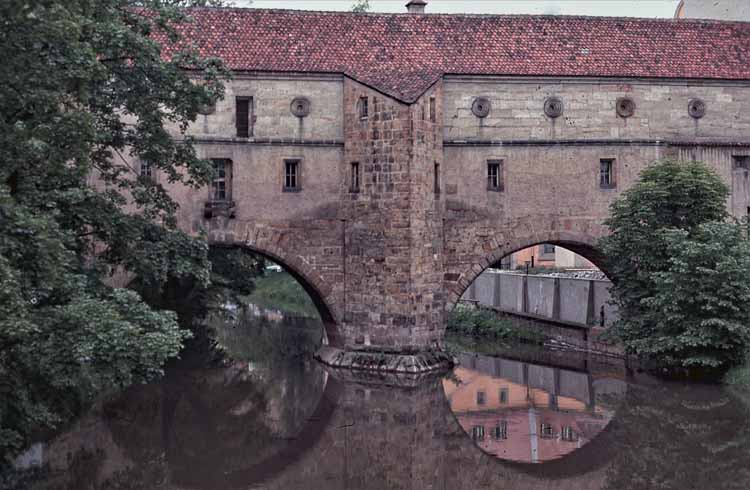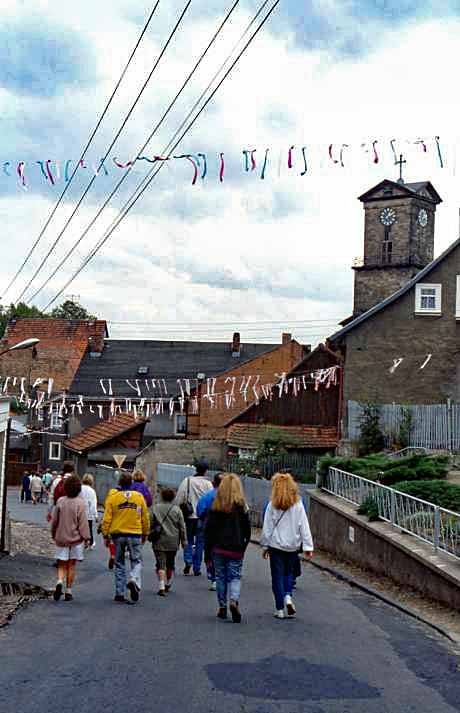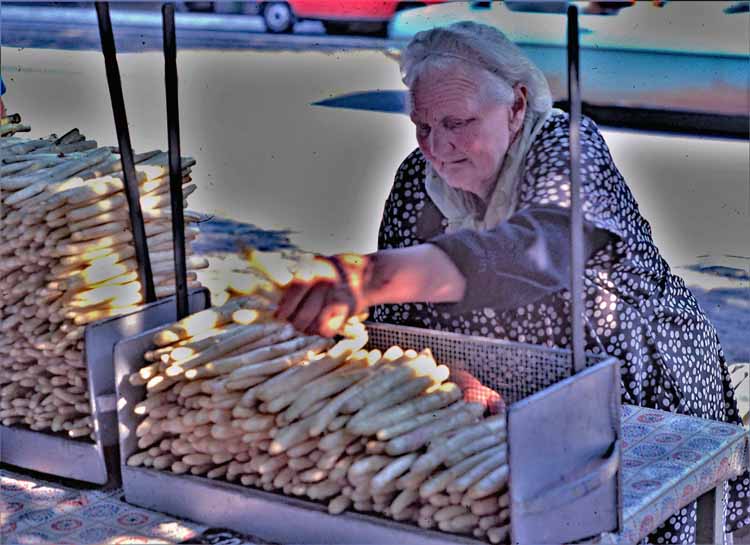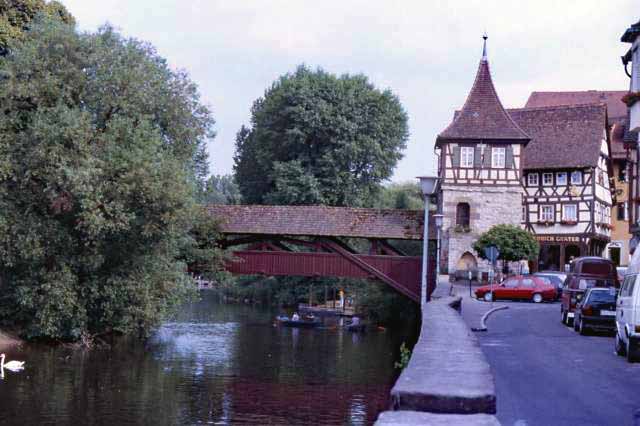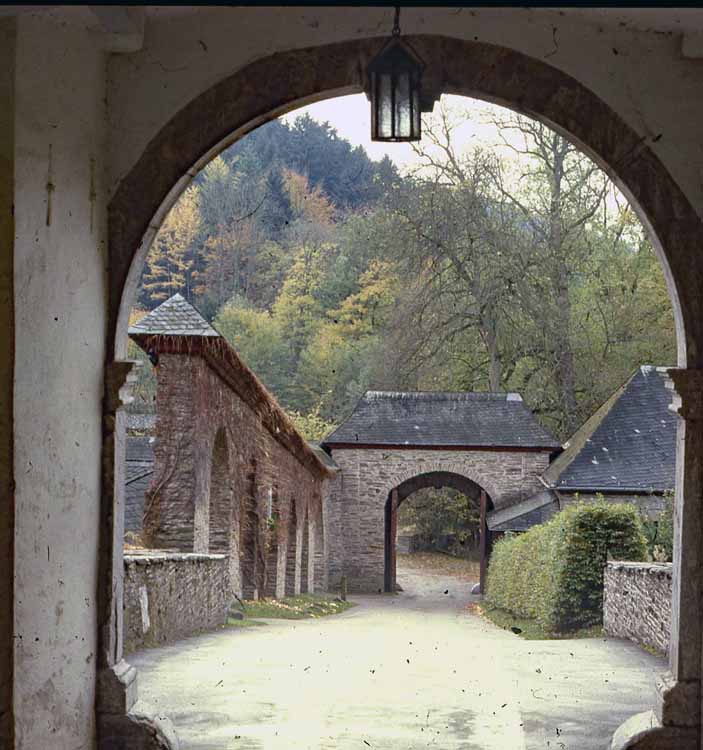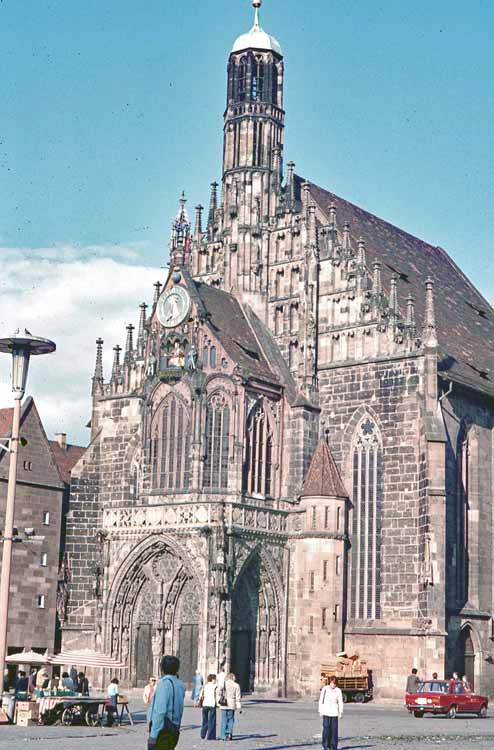the wandering chick
...Germany
here and there
Left: The Saar River is in the southwest part of Germany and is a tributary of the Mosel.
Right: The Rhine River is known for its rich vineyards lining each side as well as the wonderful cruises enjoyed by locals and tourists alike.
Above: the Nibelungen Bridge in Worms spans the Rhine River
Left: a wintry little village in northern Bavaria
The Zeppelintribüne, at the Nazi party rally grounds southeast of Nuernberg, held the podium where Adolph Hitler held many of his Nazi speeches from 1933-1938. This structure was
part of a much larger complex that was destroyed by the U.S. military after the war.
Schwäbisch Hall is a city in the south central part of Germany. As early as the 5th century, salt was distilled here by the Celts. The town, over the years, has been impoverished and in ruins, mainly by war and fire, each time to be rebuilt in the architectural style of the time.
A very large beer for a very thirsty woman.
Bamberg is one of the coolest towns, in my opinion, in all of Germany. It is one of the few cities not bombed during World War II, thanks to a local artillery factory that was able to keep the bombers at bay. Therefore, the old buildings reflect the town's authentic Medieval beginnings.
The tiny Trabant, fondly called the Trabi, was built and driven in the former East Germany.
Another town with a Medieval appearance is Büdingen, located just about in the center of the whole country. Today it has a population of more than 20,000.
This and the two shots below are of the Wasserburg Anholt Castle in the central-western part of Germany. It is a moated castle in the town of Isselburg. It is one of many castles in Germany that has been turned into a hotel. For guests to appreciate the fact that they are staying in a real castle, the rooms and restaurants are typically kept in the style, as much as possible, as when the castle was active. The Wasserburg castle was built in the 11th century, but was heavily destroyed in World War II.
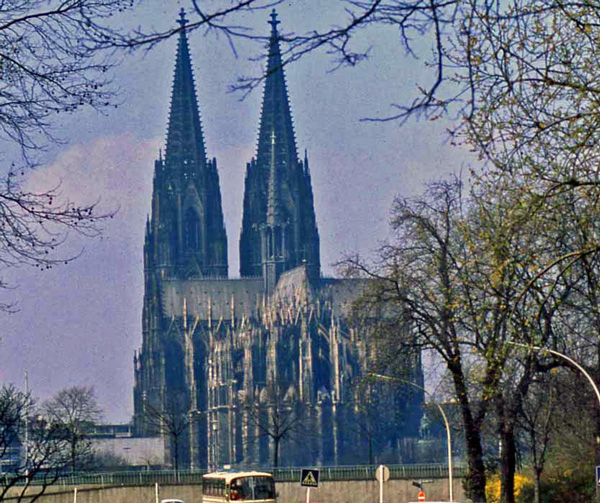
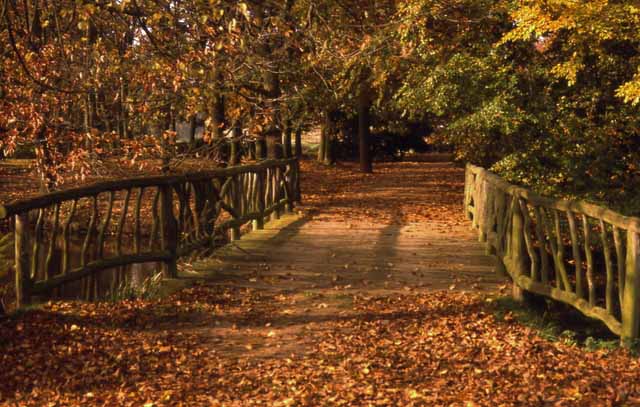
The one structure that impresses me more than all others in Europe is the Köln Dom - the cathedral in Cologne. To say it took more than 600 years to build this mighty church, from 1248 until 1880, is true, but needs clarification. It sat in limbo from 1473 until work resumed in 1842, when the spires were added as had been originally planned.
The church, a Catholic church, was hit 70 times by allied bombs in World War II, but it remained standing while the city surrounding it lay in total ruin.
Another castle hotel in Germany is this one, Schnellenberg in Germany's Saurland region. It sits majestically over the town of Attendorn. It was built in the year 1200 for the purpose of safeguarding the nearby city of Cologne (Köln).
The Felsenkirche - Church of the Rock - in Idar-Oberstein, a city in central Germany known for its gemstones.
St. George's Cathedral looms over the Medieval town of Limburg, northwest of Frankfurt.
The town of Pottenstein in northern Bavaria
Hameln, or Hamelin, Germany, has been known worldwide for more than 725 years as the town of the Pied-Piper. The building above is the town's Rathaus (City Hall). During the summer months, the legend is re-enacted for tourists, and each year on June 26, the day of the disappearance of the children, a special re-enactment is performed.
A typical beer hall at Munich's Oktoberfest
Above: a small church nestled among the trees in the central part of Germany
Left: All who volksmarch recognize the IVV direction signs.
To view another location in Germany click here.
Thank you for visiting these photo pages.
If you're interested in seeing more, please return to the Main Menu at the bottom of my home page and make your selection.
All images within 'The Wandering Chick' Web site are copyright protected. They may not be downloaded or otherwise copied.
Please contact me if you think a particular photo or set of photos can be used in your publication.
Called The Eyeglasses, the calm river offers a perfect reflection of the bridge above, Nuremburg.
Soon after the reunification, the small village of Grafenau in eastern Germany had its first sanctioned Volksmarch. The residents were joyous, hanging out windows, smiling and waving flags at the hikers. They were still a very poor town and hadn't the money to spend on decorating the town to match their enthusiasm. They happily tore shreds of fabrics and hung them on string across the streets from building to building. The demeanor of the townsfolk was evidence of their renewed freedom.
Oh my! How we couldn't wait for the Spring, when fresh Spargel (white asparagus) was plentiful. Spargel soup....it didn't get any better.
Vineyards dwarf this little town on the Rhine River.
Frauenkirche, Nuremberg,"Church of Our Lady" was built between 1352 and 1362 and sits on Nuremberg's market square.
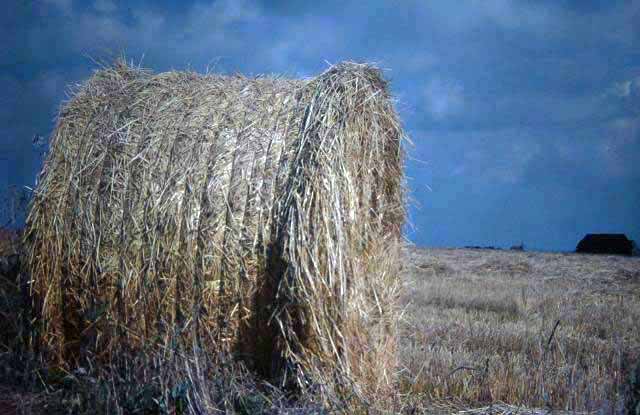

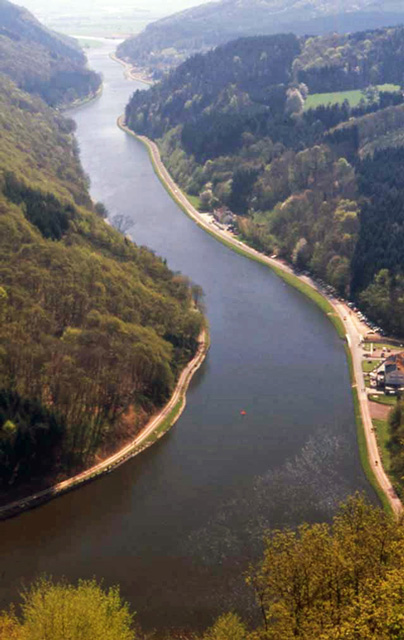
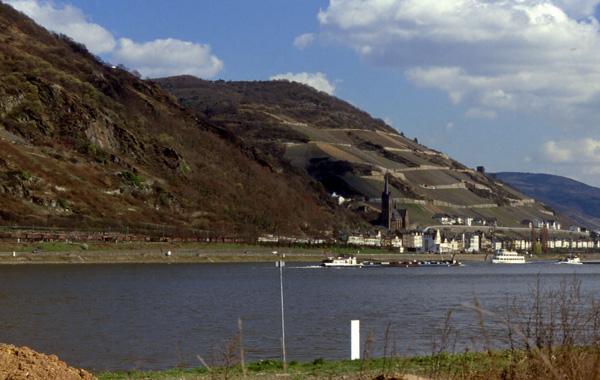
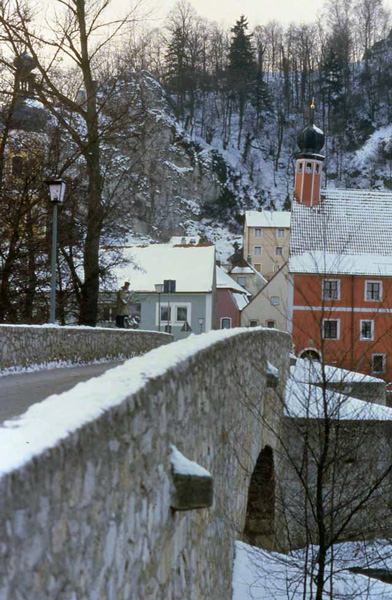
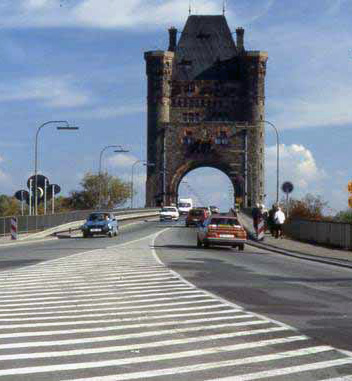
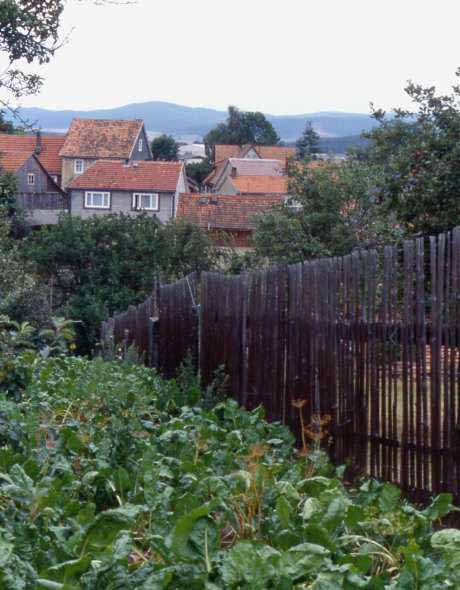
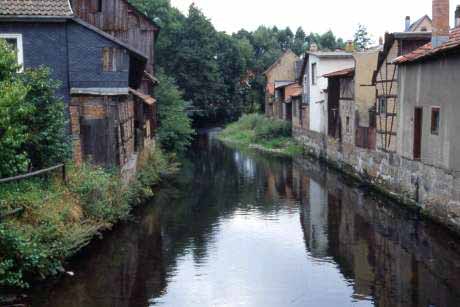
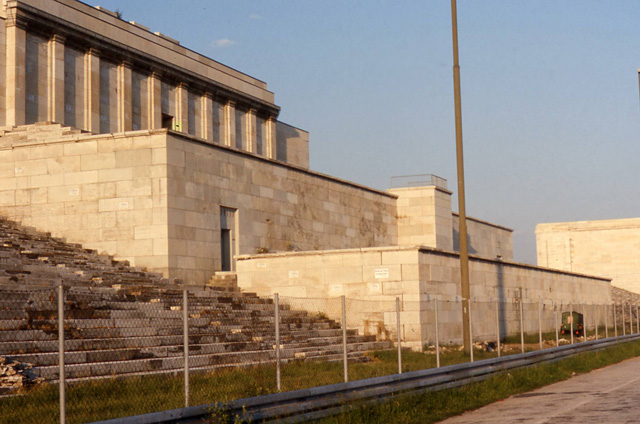
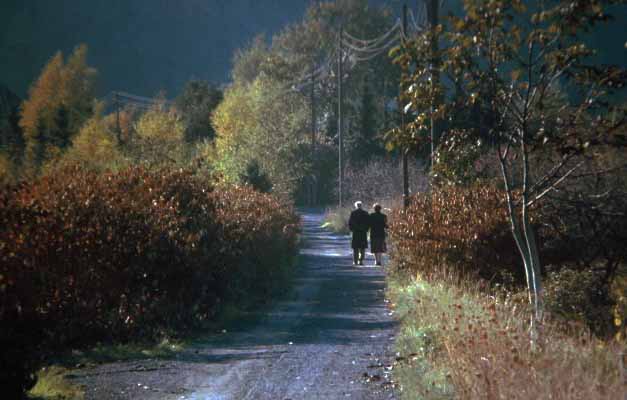
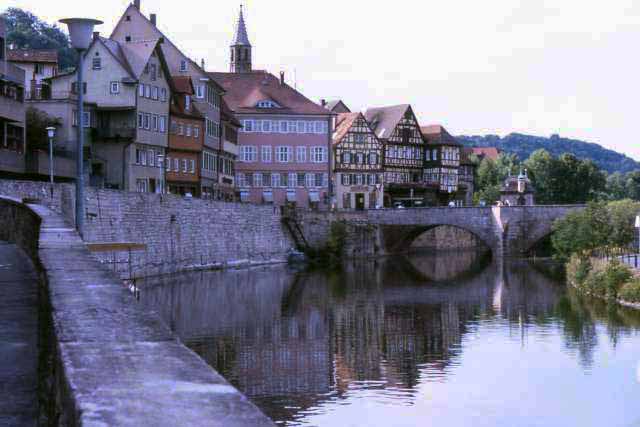
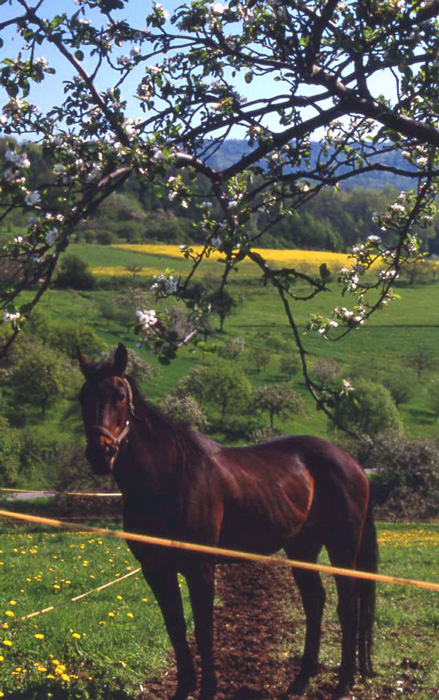
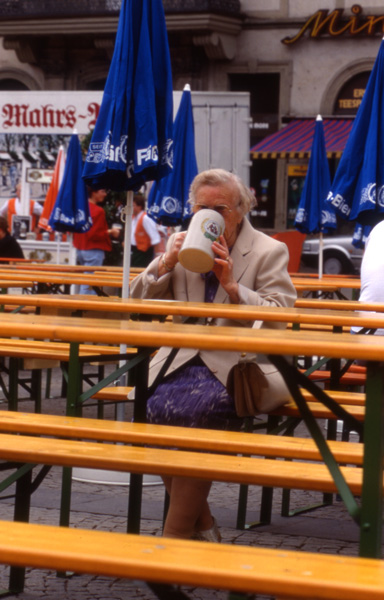
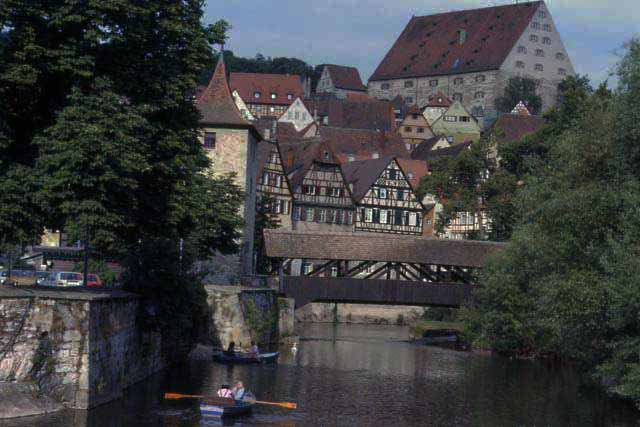
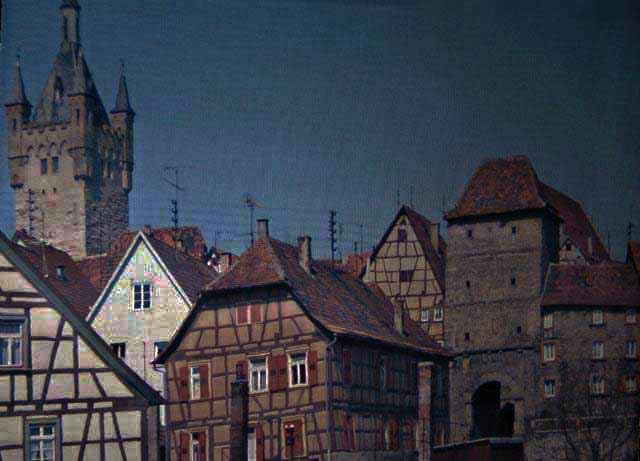
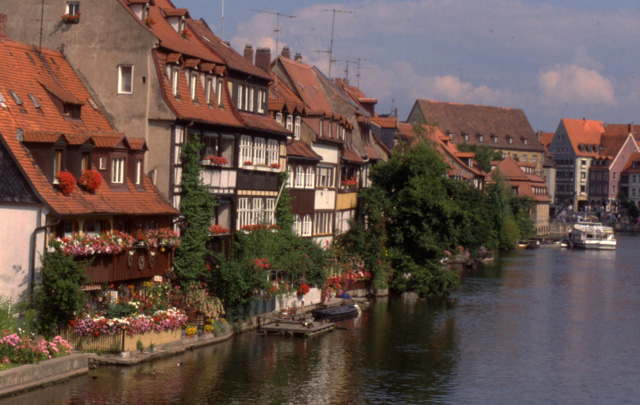
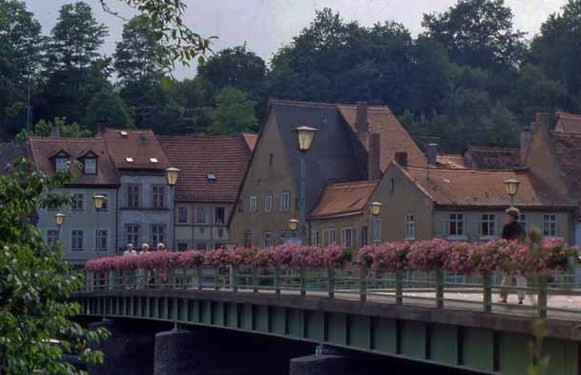
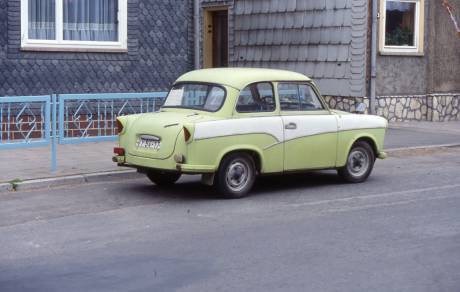
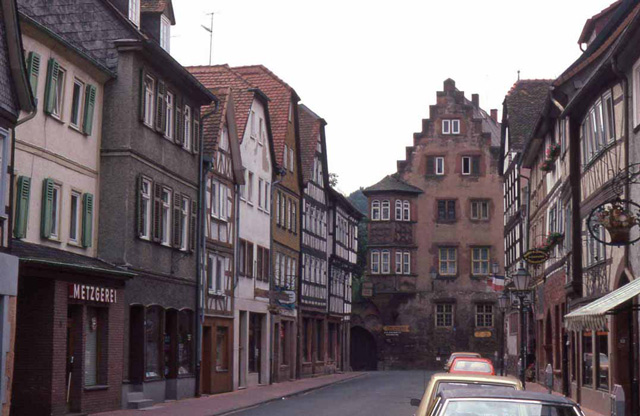
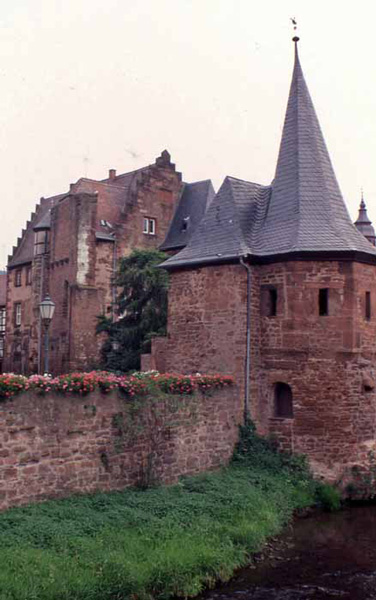
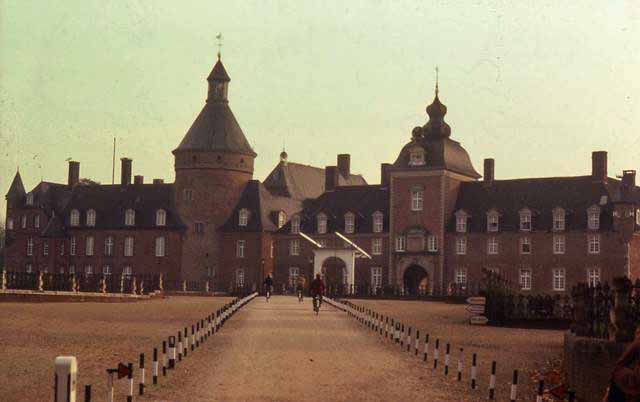
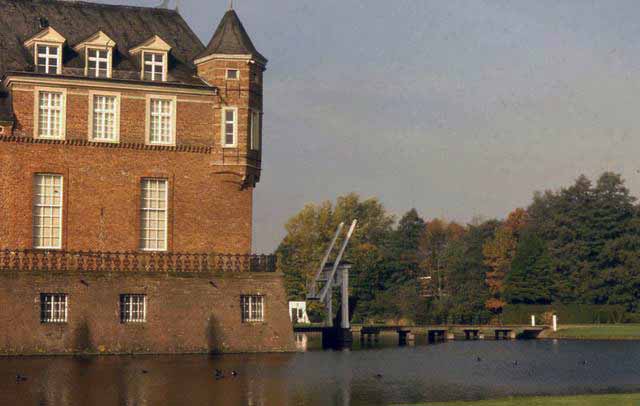



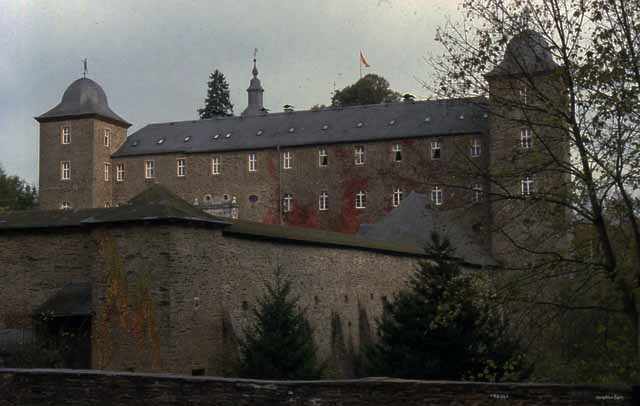
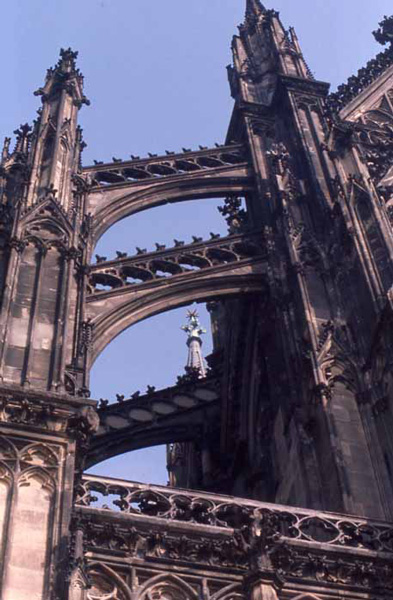
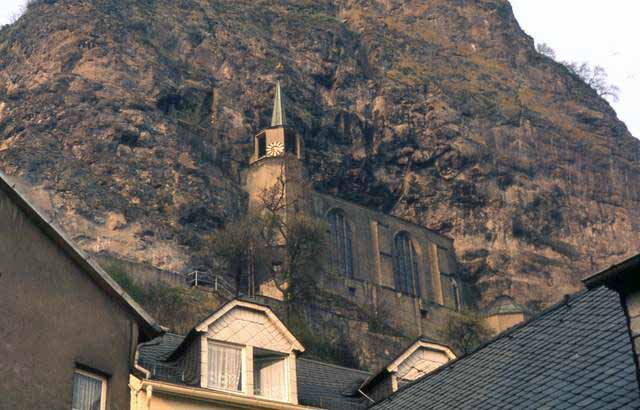
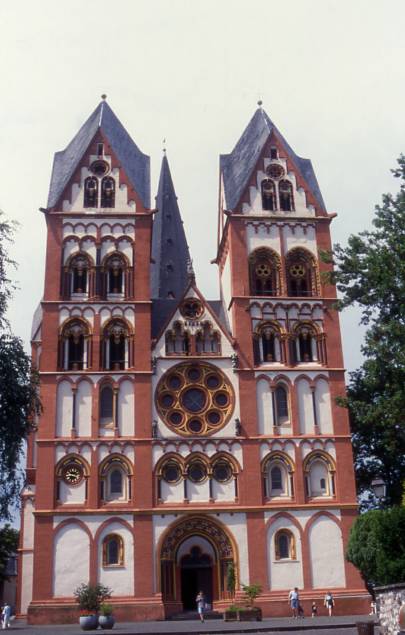
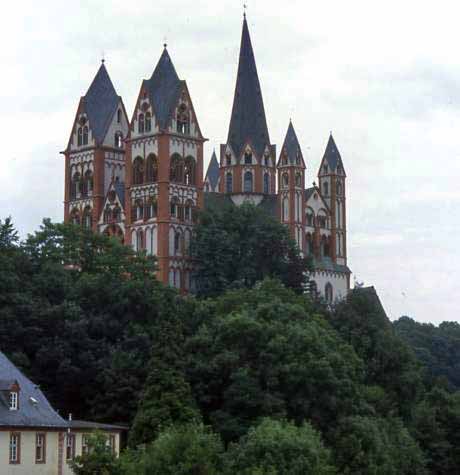
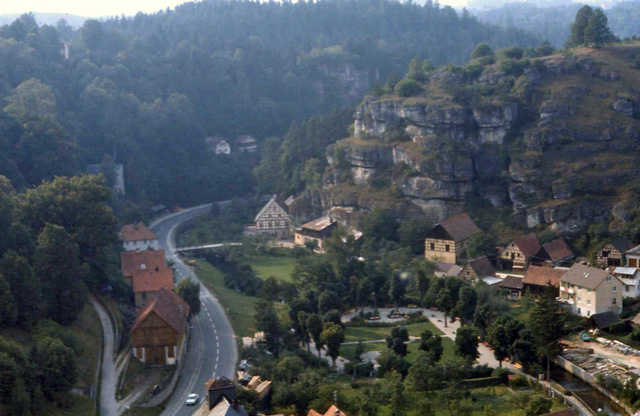
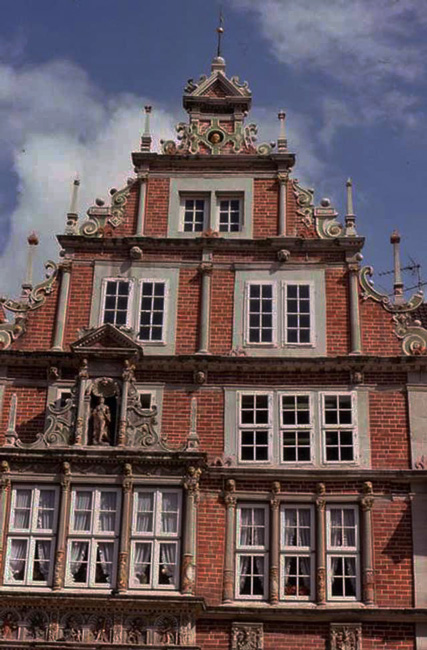
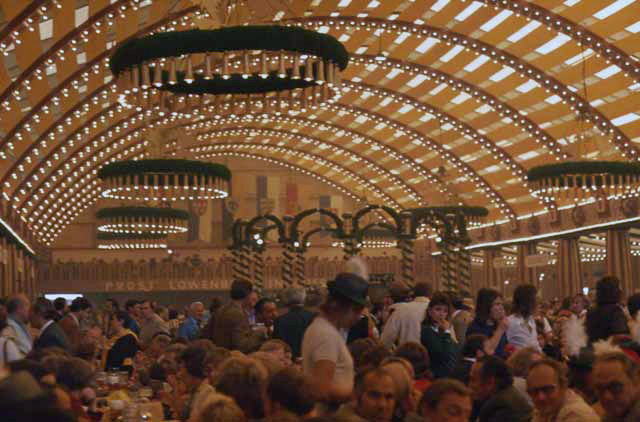
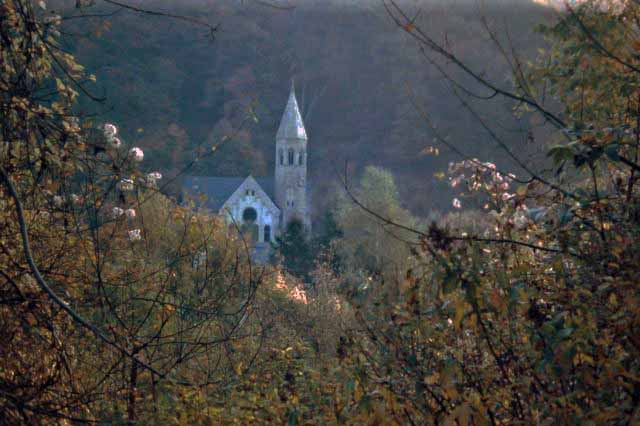
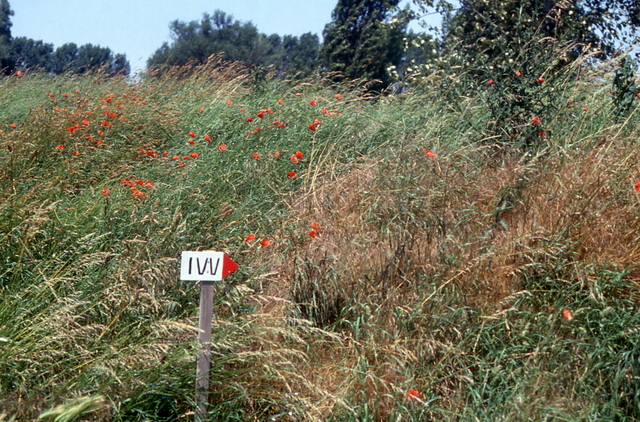
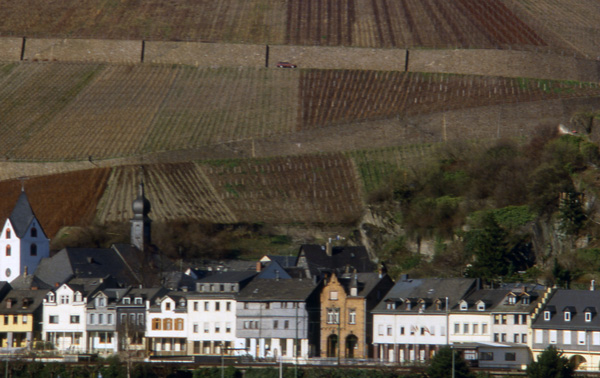
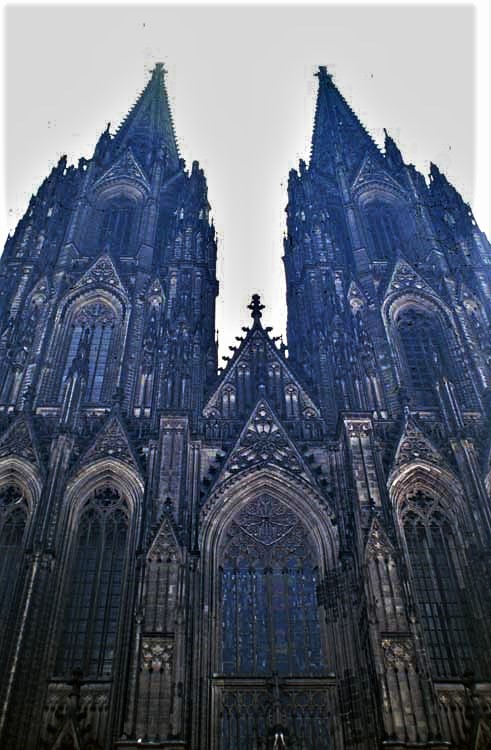
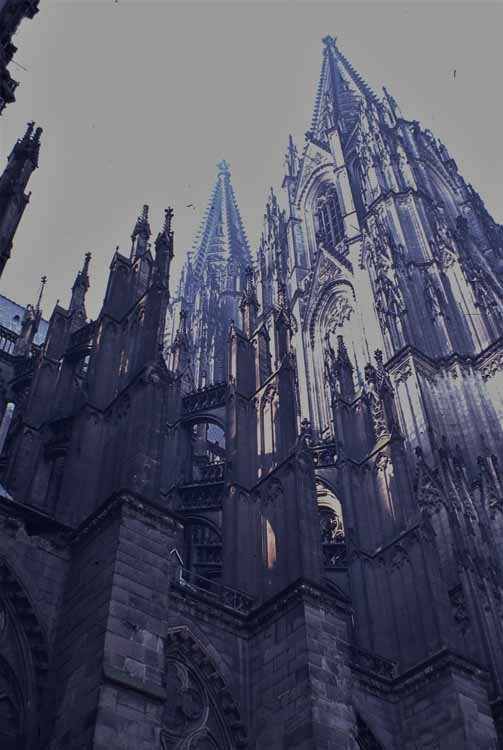
.jpg)
